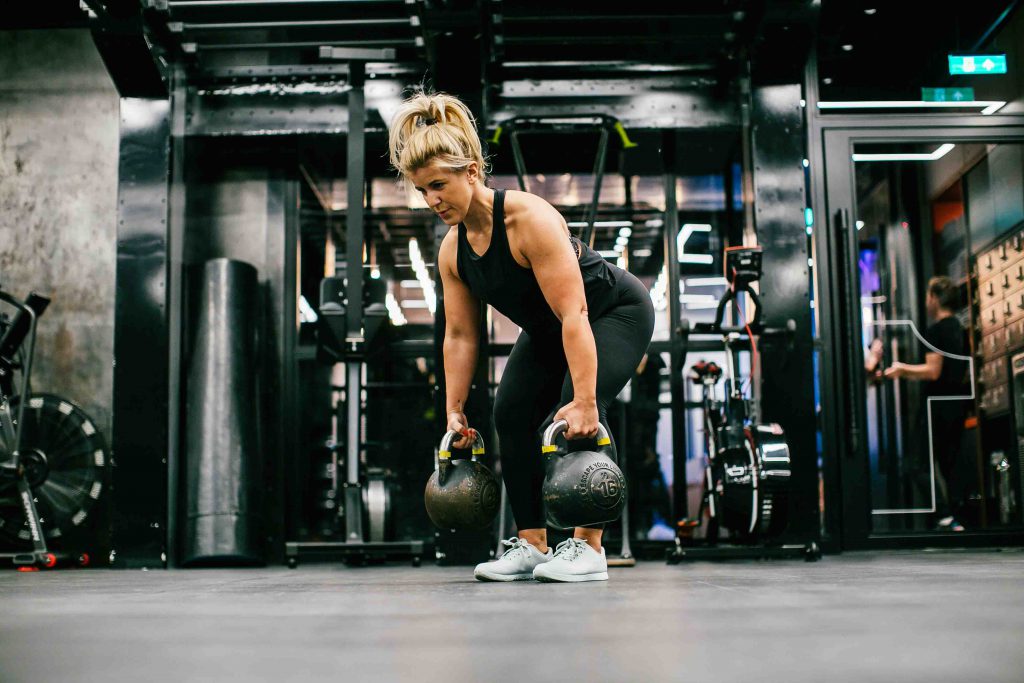Why we hit a plateau – and what to do to kick start your progress

What is a training plateau?
Almost everyone will experience it at some point during their training; when we reach a period where our progress levels off and we ask ourselves the questions “Is this all I’m capable of?’
When you stop seeing results, you may have reached a training plateau. Don’t panic and don’t let this discourage you! Instead let’s have a look how you can overcome a plateau and take your fitness to the next level.
Why do we hit a plateau?
Physical exercise is a stressor to the human body, as it disrupts the body from homeostasis (= steady state of the body for optimal functioning). A plateau occurs when our bodies become accustomed to the stresses we place upon it and it adjusts to meet the demands of the workout.
Hans Selye was the first one to describe how the body responds to stressors. He divided the stress response to a stressor in 4 stages:

1. Alarm reaction stage
This stage is the initial response of the body when stress is first recognised. Our body releases a series of hormones (stress hormones) which trigger the ‘fight-or-flight response. This results in an increase in heart rate, blood pressure, and breathing rate. After the threat is gone, it takes between 20 to 60 minutes for the body to return to its pre-arousal levels.
2. Resistance phase
The resistance stage, also referred to as the adaptation stage, occurs if the stress continues or recurs for a period of time. The body wants to protect itself against the stressors and makes adjustments so the body is more resilient. It’s very important to give our body enough rest in between exposing it to stress in order to allow it to adapt.
3. Supercompensation stage
The body is always seeking to maintain a state of homeostasis so it will constantly adapt to the stressors placed upon it. The desired adaptive response is called supercompensation.
4. Exhaustion stage
It’s important that we provide a stimulus that improves performance. When we place too much stress on the body or we don’t give our body enough time to recover, performance will be reduced in response to the inability to adapt to the stressor.
We need to keep in mind that all stressors are cumulative and that factors external to the training program (e.g., interpersonal relationships, nutrition, sleep, career stress,…) can limit the the body’s capacity to recover.
If easy training is continued over several training cycles and we don’t change our work-outs, we will keep our body from adapting. We will stay on the same performance level and we will no longer reach a supercompensation effect. Instead we will hit a training plateau!
So, what can we do to avoid a plateau?
Training must be tailored to each person based on their goals. This means that training volume, intensity and frequency must be appropriate. If training is too intense, we will struggle to get back to baseline, and no supercompensation will occur. If training is too easy, there will be very little adaptive response.
Here are our top 5 ways to avoid hitting a training plateau:
1) Change things up!
It’s easy to stay in the same routine for a long period of time. People always tend to choose their favourite exercises and don’t explore other options. A good piece of advice; Try new things!
Instead of doing your slow and steady run, swap the run for an intense interval training or create a new route and incorporate some hill climbs.
In the gym you can change your usual routine for a new circuit or HIIT class or add in supersets/drop sets to your schedule.
2) Cross-train
If you are training for something specifically, cross training will be beneficial to achieve your goal. Try to combine some strength training with cardio; mixing in a variety of training styles will target different muscles. Cross training might even reduce the risk of injury as well.
3) Use Periodisation
‘Periodisation’ is a type of training that’s commonly used by trainers and athletes to avoid hitting plateaus. Periodisation is a program which is carefully and systematically designed to help you to reach your optimal performance level. The training plan gets divided into specific time blocks and each block has a specific goal. This not only gives variation to your training, but also provides the body with different types of stress.
4) Get rest for recovery
Don’t forget to take it easy sometimes, by including rest days into your programme. Our body needs time to recover and rebuild muscle. It is far better to rest, than to push through and risk injury or burnout.
5) Improve your nutrition
A well balanced diet will help to fuel your workouts and enable muscle growth.
Eat consciously, choose healthy options and cut down on processed foods. Try to spread out your calorie intake through the day in order to ensure you remain satisfied. Eat enough before you start to work-out, and ensure you refuel afterwards as well.
Not sure if it’s training plateau hindering your progress? There could be other reasons too, check out our article 6 reasons why you aren’t hitting your goals to find out more.
If you have any questions about your diet or want some advice for your training, feel free to contact our Nutrition team!
- Rethinking Happy Hour: The Science Behind Alcohol and Health - January 23, 2025
- The Truth About Carbs: Breaking Down the Science Behind This Vital Nutrient - January 15, 2025
- Detoxing vs. Nourishing: The Science of Post-Holiday Resets - January 3, 2025